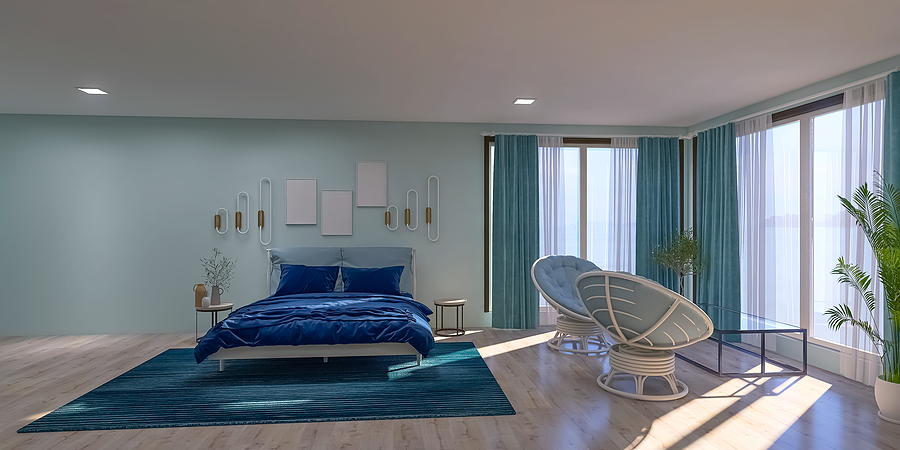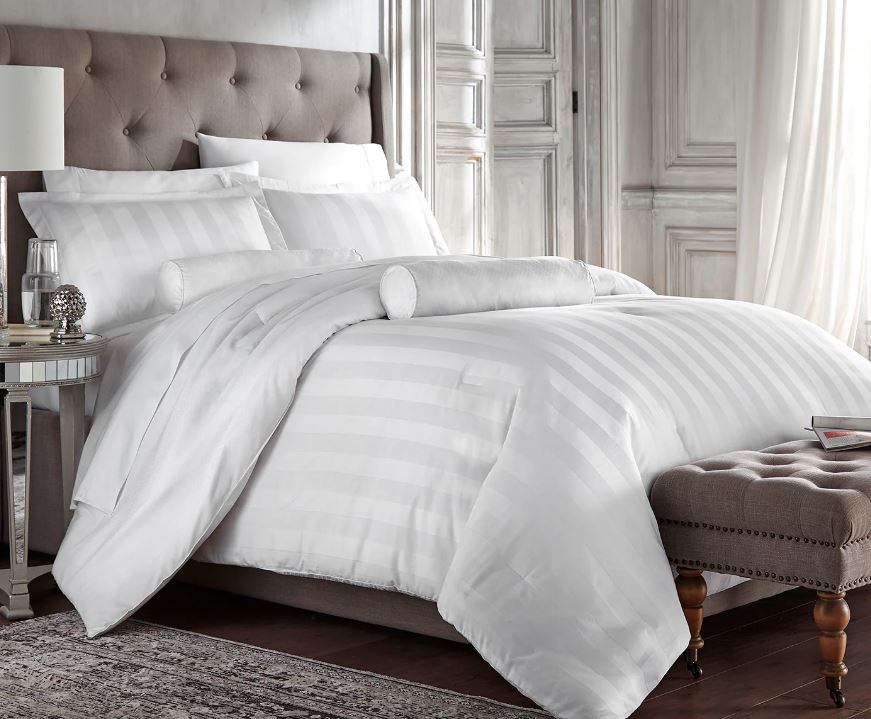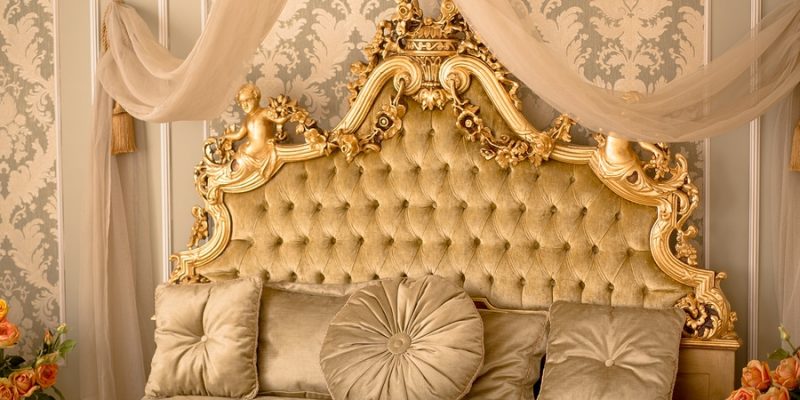
Luxury Pillows Are a Modern Comfort
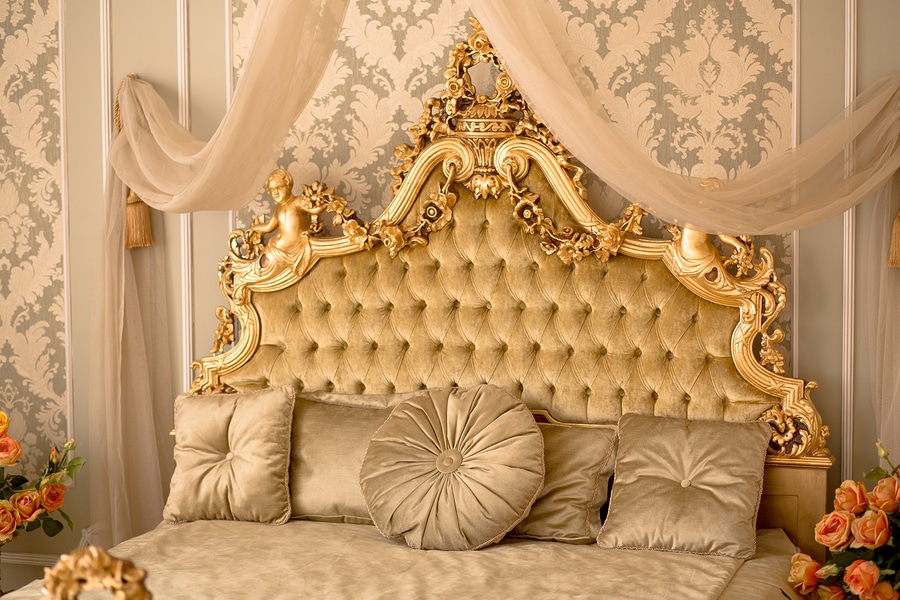
If you think about your favorite bed pillow today, you think soft, dreamy support that makes resting and sleeping a relaxing and restorative experience. However, a quick look into the history of pillows tells us it wasn’t always so. Here is a short walk through the history of the pillow from the Stone Age to our day.
The Hard Life and Pillows of Stone
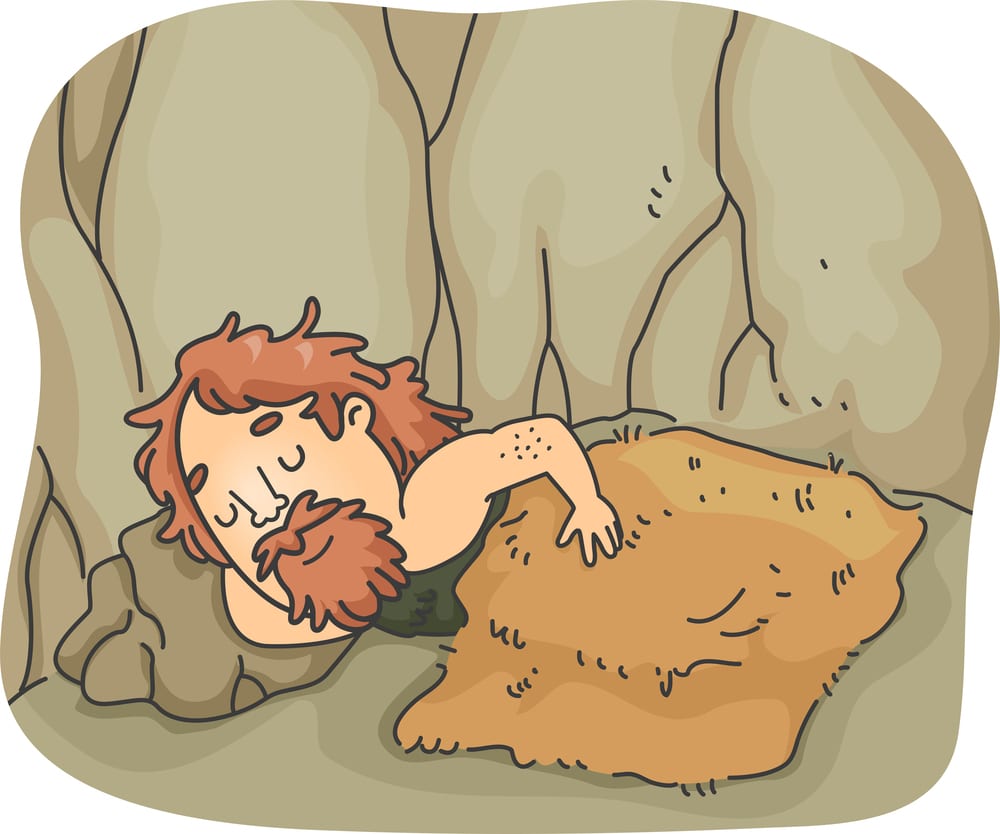
Historical evidence shows that pillows have been around for thousands of years. However, pillows beginning in the Stone Age, were literally that, stones. Even as civilization thrived in places such as Asia, stone pillows were common. Other hard materials were also used in those early centuries, including ivory and wood. For nobility and other wealthy people who could afford them, these hard pillows were decorated not with flowery patterns but with the image of the gods.
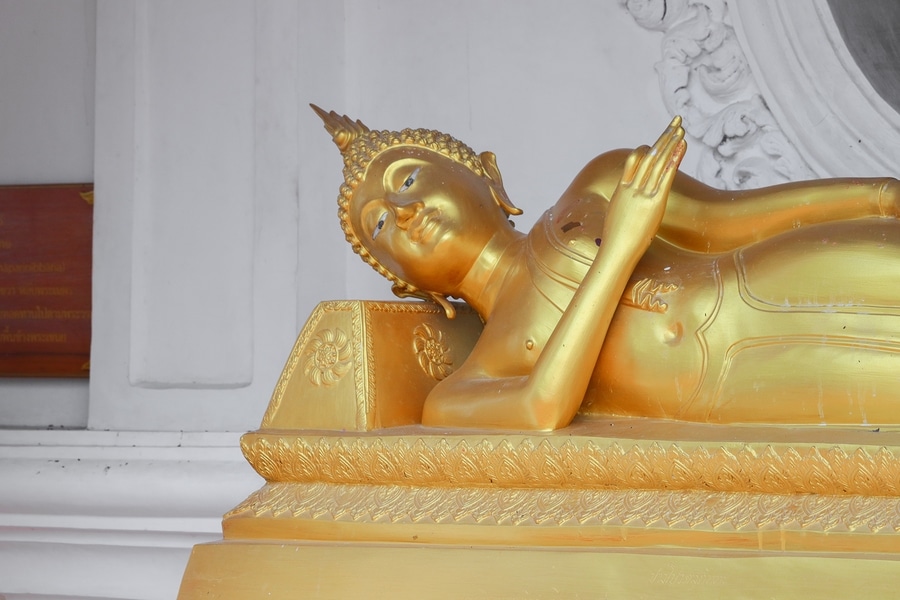
For most people in ancient times, there were no beds as we know them today. Even beds for nobility were raised mounds to keep the bugs and vermin off the sleeper. Sleeping so close to the floor discouraged gathering soft materials which would only become infested with bugs and attract rodents. So, it’s no surprise that stone and hard materials prevailed as pillow material for a long time. The hard pillow did offer some health benefits. Soft pillows could contain contaminants that disturb the sleeper or otherwise interfere with breathing. Besides avoiding bugs, mold, and disease, the elevated head made air circulation easier.
For a long time, tradition ruled. During the height of their empire, the Chinese were fairly advanced in technology and sanitation and probably could have made more comfortable pillows. They used materials besides stone like wood, bamboo, ceramic and porcelain, all still pretty hard compared to what we think of as a pillow today. Hard pillows remained the norm however because the Chinese believed that the luxury of a soft pillow robbed the body of chi or vital energy.
The Softer Side of Pillows
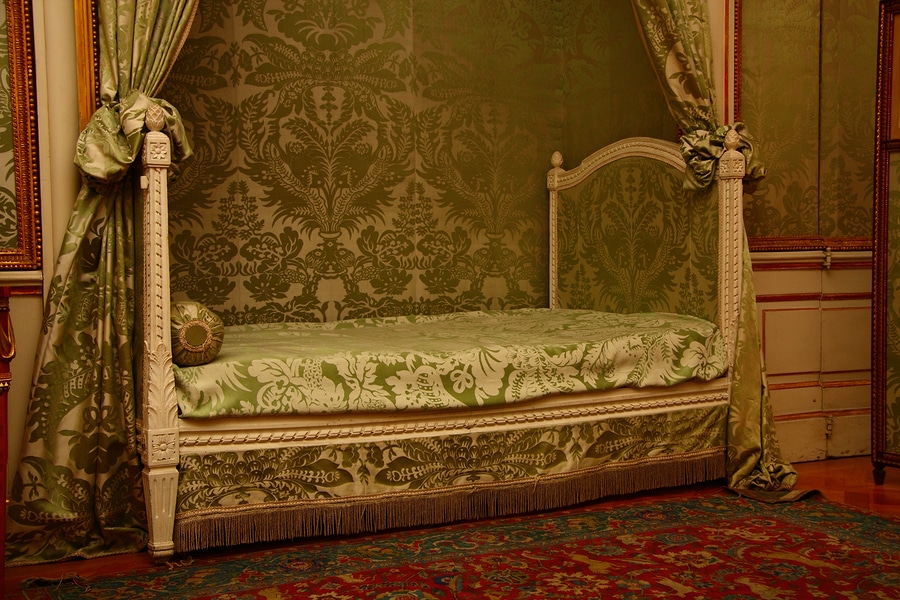
Greeks and Romans, like the Chinese, were doubtful of too much comfort so there were few advances when it came to pillows. After the fall of the Roman Empire, the use of pillows became more common. However, they presented the very problems that made the people of the Stone Age shun them. Throughout Europe’s early history, a period not known for advances in hygiene and plagued with disease and other difficulties, bedding was very basic and the comfort of soft pillows virtually unknown. It would not be until centuries later that advances in hygiene improved sleep conditions closer to what we enjoy today.
Bolsters, or long stiff pillows stuffed with down or other materials, began to appear in Europe after the Dark Ages. These allowed people to sleep upright which was thought to be more healthful for the body. They were sometimes combined with softer pillows that supported the sleeper’s head and back.
The invention of iron beds in the 18th century mitigated the problem of bugs and pests that often infested wooden beds. Beds now became a symbol of wealth and style. Pillows became fashionable and were embellished with color, design and lace embroidery, particularly among the wealthy. In Europe, the Germans began the modern trend of decorative and luxury pillows, adopting feather pillows as a luxurious addition to their bed.
Pillow construction and materials remained pretty basic, however, particularly in the New World. The advent of cotton in the US in the 19th century greatly advanced the availability and comfort of pillows. Inexpensive, breathable and easy-care cotton allowed homemakers and manufacturers to design comfortable and washable pillows that were widely used.
Today’s Bed Pillows Offer Plush Comfort

The first major change for pillows in the 20th century didn’t come until the 1960s with the invention of polyester. The synthetic material was an excellent filling, making pillows more durable and keeping them free from mildew. Polyester-filled pillows retain loft and shape longer and were less likely to cause allergic reactions. Synthetic materials also reduced the cost of bed pillows for consumers.
Pillow coverings today are usually cotton-polyester blend for easy care and better hygiene. Pillow fillings include synthetic materials such as latex and foam and silky-soft gel fiber, as well as a wide range of natural fillings including cotton, feathers and down and wool. Specialty and sustainable fillings include buckwheat, hemp and rice grains, and we have seen the arrival of recycled materials made from materials such as plastics or rubber.
Expectations of our bed pillows today are totally different than in centuries past. Pillows today have to help busy and stressed people sleep well and feel great when they wake. They should be hypoallergenic, easy to care for and well-designed and durable enough to provide head and neck support along with dreamy comfort, night after night. Pillows have come a long way and undoubtedly we’ll continue to see pillows evolve long into the future.
Like many things in modern life, pillows now come in many styles and types. There is something for every taste and sleep preference. At Sobel at Home, our convenient online pillow and bedding store, we offer the best in our popular line of hotel bed pillows. Sobel pillows are specially designed for ultimate comfort. They combine the best synthetic and natural pillow components and use advanced pillow technology to deliver deep and restorative sleep.
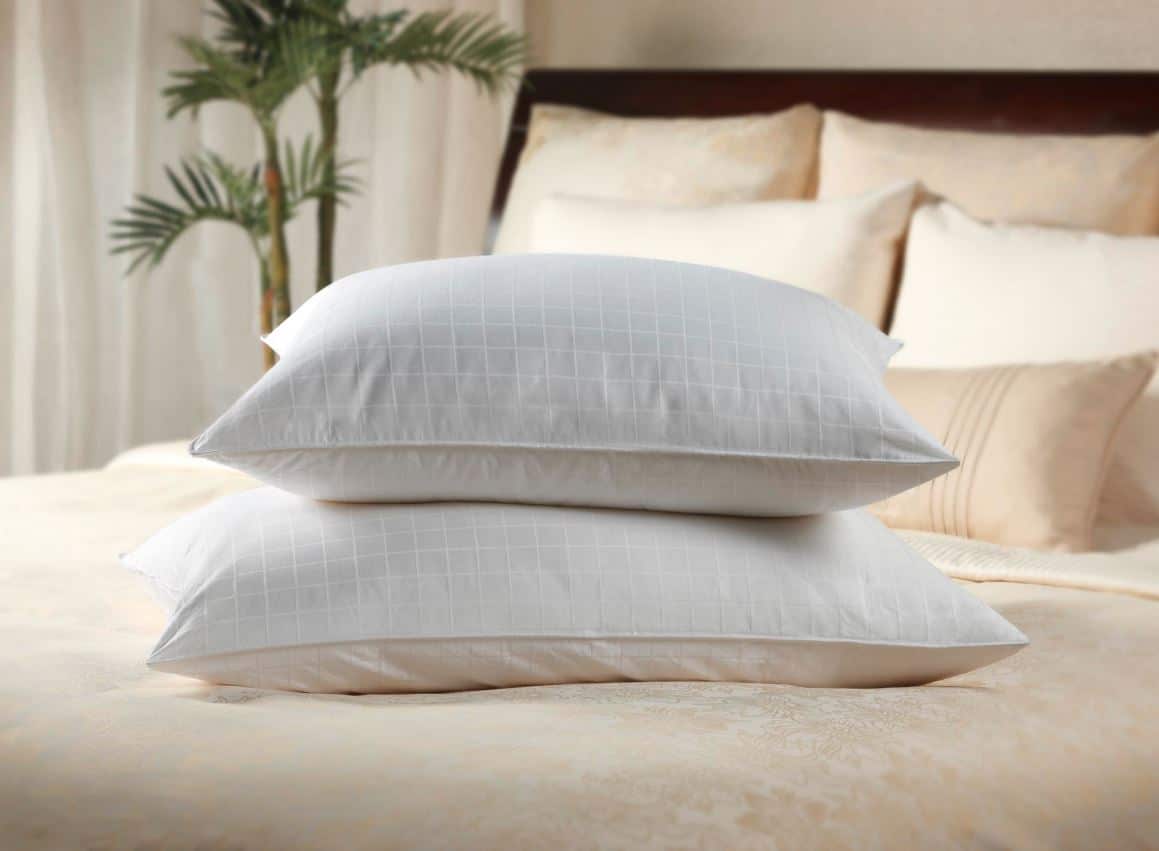
These pillows are designed and built to please discriminating guests in hotels, resorts and cruise lines. Sobel pillows cushion your head and neck while you sleep, so that you rest and wake up refreshed and pain-free. Browse the Sobel Westex pillow collection online today and choose a top quality luxury hotel bed pillow for yourself.


